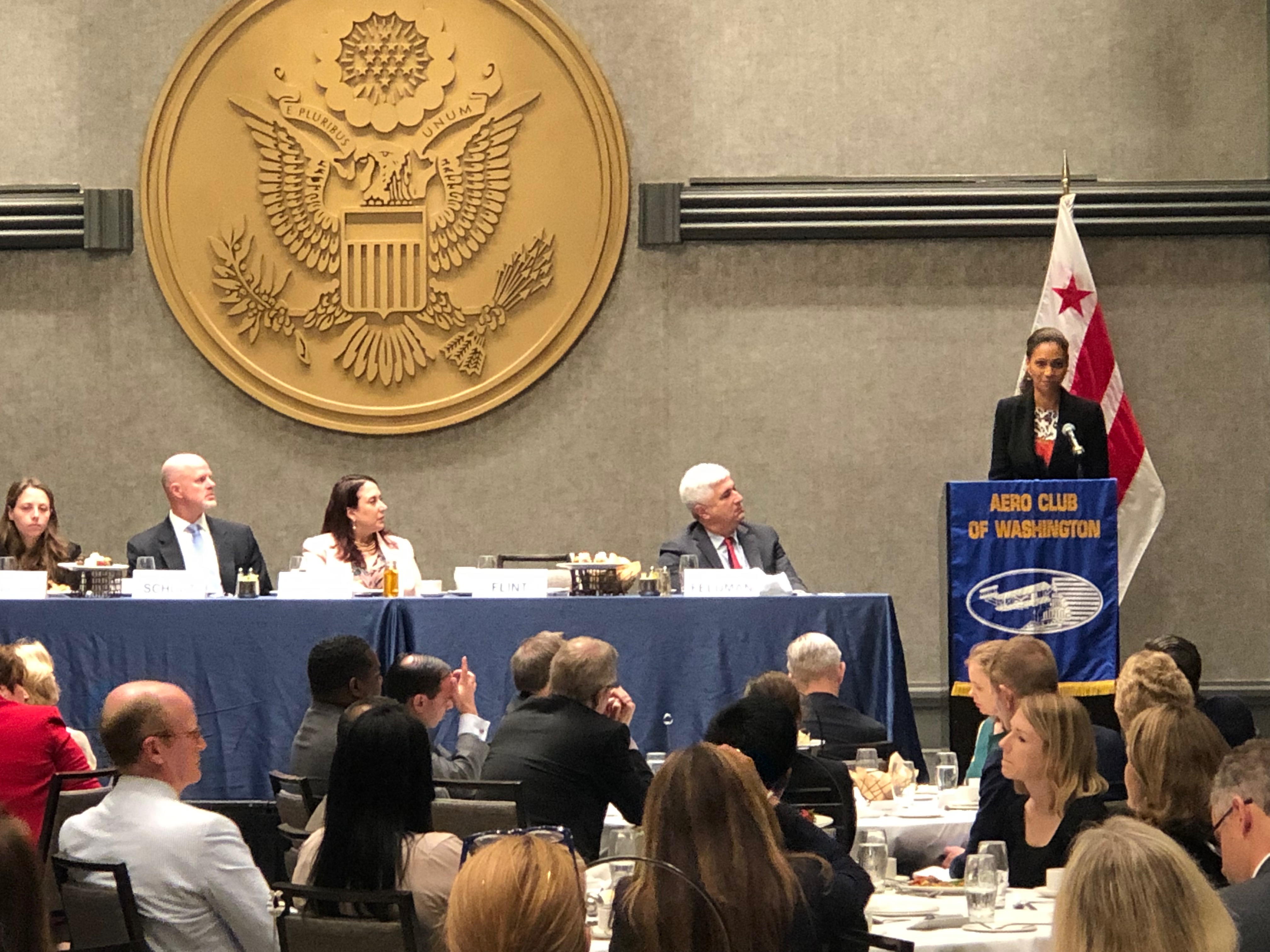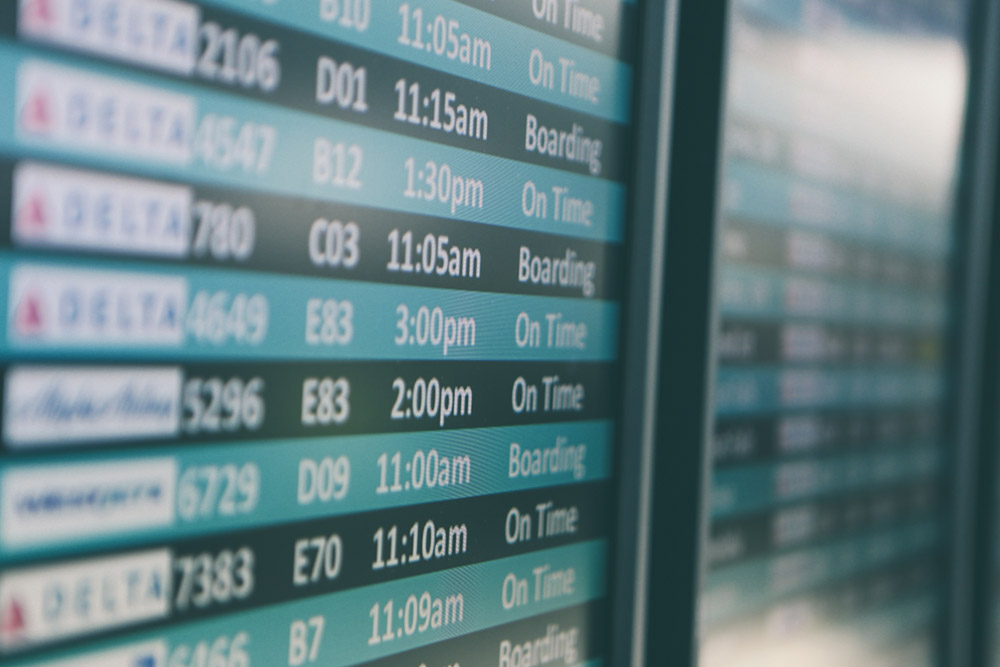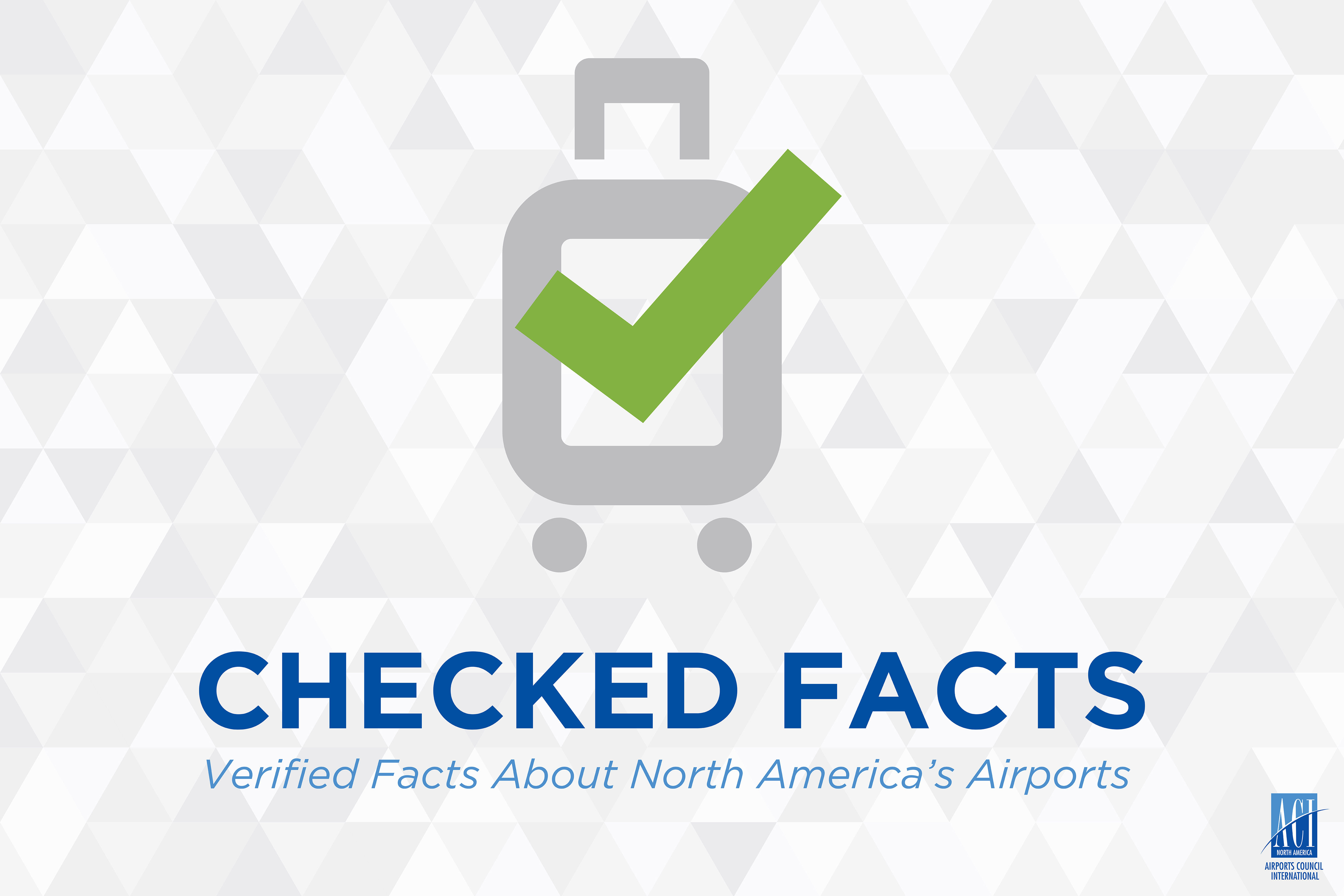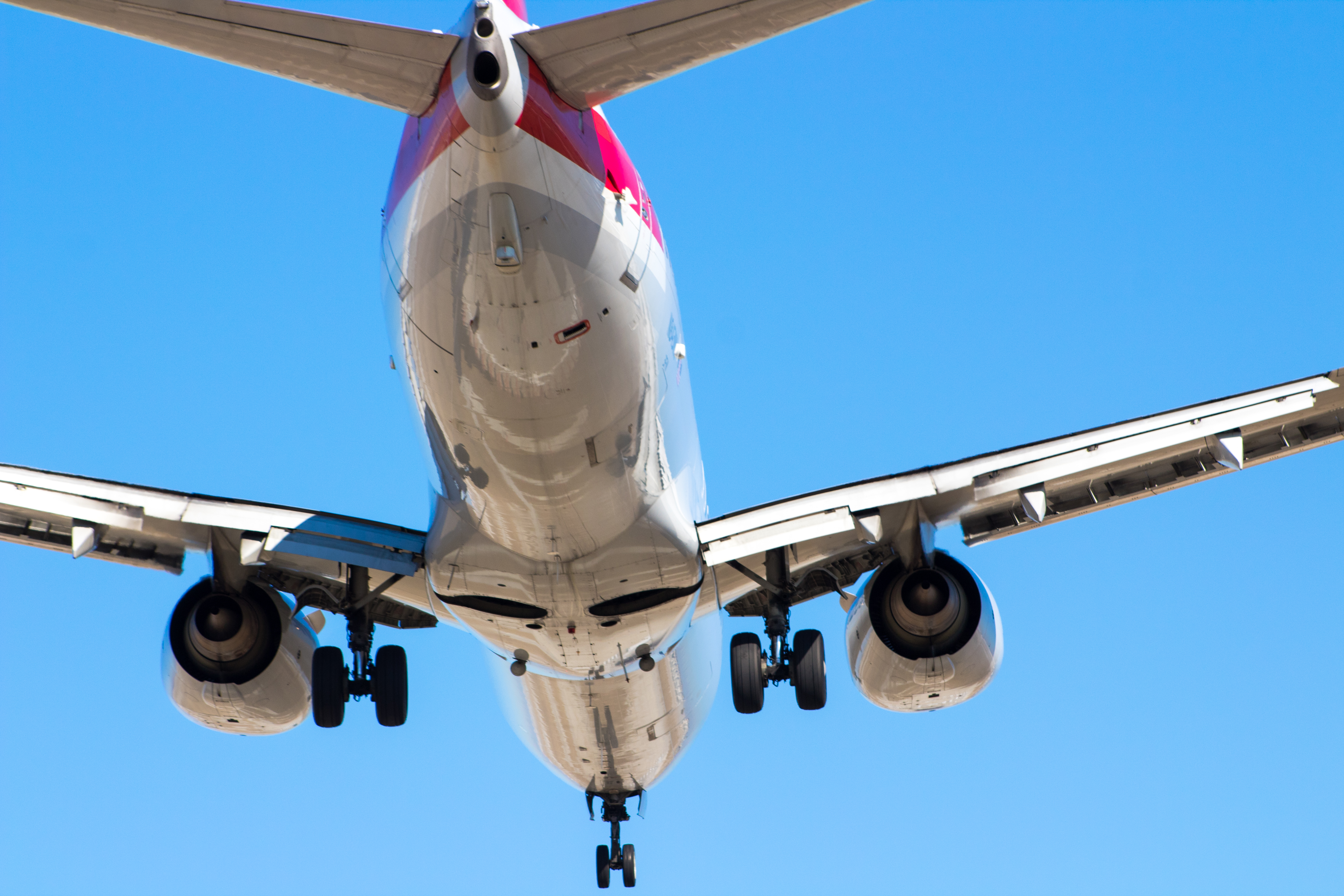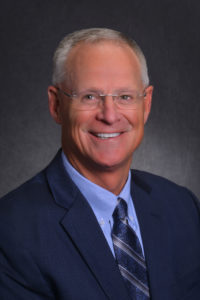 Last week, Los Angeles World Airports Chief Executive Officer Deborah Flint addressed the Washington Aero Club at a lunch event in Washington, D.C. In her speech, Flint described Los Angeles International Airport’s (LAX) current $14 billion investment project and how it will help to relieve congestion and improve the LAX travel experience for passengers.
Last week, Los Angeles World Airports Chief Executive Officer Deborah Flint addressed the Washington Aero Club at a lunch event in Washington, D.C. In her speech, Flint described Los Angeles International Airport’s (LAX) current $14 billion investment project and how it will help to relieve congestion and improve the LAX travel experience for passengers.
She also discussed how airports across the country are using technology to improve efficiency and ease long lines.
Finally, she urged Congress to return the Passenger Facility Charge to its original buying power by updating it to be $8.50. She noted that it’s been two decades since the PFC was updated and that it’s well overdue that we modernize it to keep up with inflation.
Excerpts from her speech are below. Her full remarks are available here.
Flint on the need to modernize the PFC:
“A new level of investment in infrastructure is needed and for airports this can be real by bringing the Passenger Facility Charge to its original buying power.
“It is time. It has been two decades that the PFC has been unchanged even though there have been 26 models of the iPod, which was released the same year. It has been so long that the styles have even come back – parachute pants and tracksuits are back in again.
The ask is to increase the PFC from $4.50 to $8.50 and index it for inflation in the future. That will make a difference for airports of all sizes – large, medium, and small.”
Flint on LAX’s infrastructure projects:
“We are making a $14 billion investment in an Automated People Mover train system, roadways, a Consolidated Rent-A-Car facility that will combine the 20 separate facilities that burden our neighborhoods and roadways, a connection to regional rail, and modernizing each terminal.
“And we are beginning the environmental review to improve the airfield, build a new concourse off of Terminal 1, and a new Terminal 9, which requires billions of additional dollars.”
Flint on airports improving efficiency through biometrics:
“Back to my 16 year old and her airport expectations. For her, wifi and cellular are like air – as they have become for all of us. Her face is everything.
“I am talking about biometric aircraft boarding gates, self-baggage drop, TSA and CBP screening – all biometrically enabled at LAX today. While privacy and data security must have high bars, the efficiency of biometrics is astounding. We boarded an A380 using biometric facial boarding in 20 minutes.”
Flint on the future of the airport industry:
“Airport by airport, working with our partners in airlines and throughout the industry, we need to be excited, energetic and chase the next evolution. We need to push for our airports to be more innovative, sustainable, to be stewards for local communities, to bring the joy and certainty back to air travel, and together get the funding to invest and let our industry shine. At Los Angeles World Airports our vision is Gold Standard Airports … Delivered. The U.S. deserves that vision for each and every one of our airports.”

